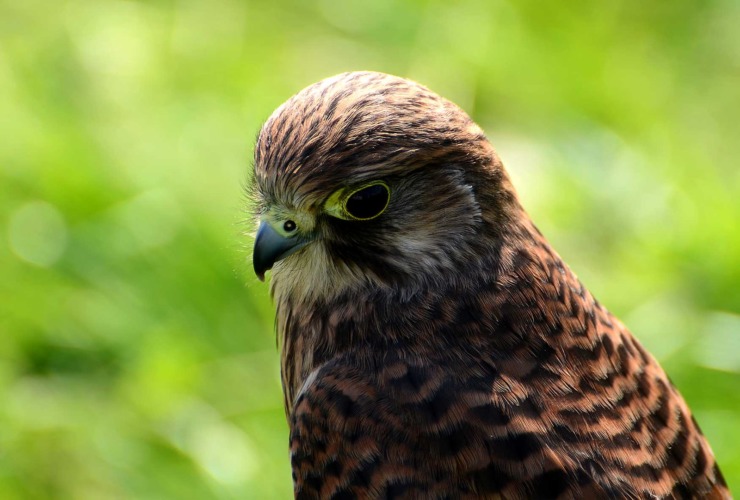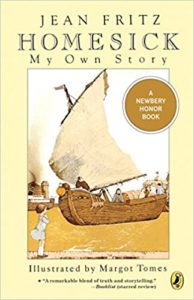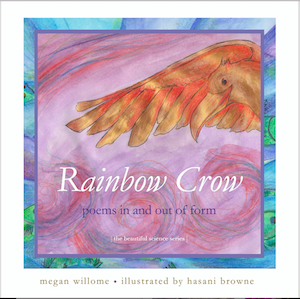Camels and Kestrels and Mountain Lions! Oh My!
Middle-grade novels, like middle-grade children, are a specialized bunch. They are less whimsical or beautiful than a picture book, although they may have good illustrations and a sense of humor. They are less gritty than YA, although they often touch on difficult subjects. Done well, they are worthy of high praise, like teachers who spend their entire careers with sixth-graders. Kathi Appelt’s 2021 release Once Upon a Camel is such a delight.
The story places in conversation two things we don’t often juxtapose: the beauty of Turkish civilization and the beauty of far West Texas — Big Bend country. Those two beauties meet in the camels a pasha gifts to the U.S. Army shortly before the Civil War. These camels find a familiar-ish home in the land that marries the Chisos Mountains and Chihuhuan Desert.
This is the story of Zada, the last camel in Texas. As she narrates her tale, much of it to a family of kestrels who has adopted her, we connect with our own stories, especially in the chapters where things don’t go as planned for our camel friend. But her story matters because it involves the saving of lives.
In the Author’s Note, Appelt writes about Scheherazade, whose story was one of the inspirations for this one.
“If you know that ancient teller of tales, then you also know that she spun her stories in order to save her own life, and in the process, she saved other lives too.
That is also the way of stories. To save lives.”
The book opens with Zada and every other animal she knows in danger from an incoming haboob, a violent storm of sand and dust. The Arabic word describes storms that take place around the world, from Smyrna, Turkey, to El Paso, Texas. The kestrel chicks, Wims and Beulah, take refuge with Zada, and together, they set off to find shelter and the kestrels’ parents, who went missing in the storm.
The story moves between the book’s present, 1910, to its past, from 1850 onward. We meet a mountain lion, a family of bats, a mule, conquistadors (with a lowercase c), and a cameleer named Teodor. We get history wrapped in lyrical prose. We learn Turkish phrases, like en parlak yildiz ol, “Be the brightest star.” We learn Latin phrases, like Co rest campana. Sit anulus, “The heart is a bell. Let it ring.” And because this is a middle-grade book, we get jokes about the vanity of horses (obviously vastly inferior to camels).
Most of the chapters take place in a particular location and date — such as “The Escarpment, 1910” — but others are titled more mysteriously — “Somewhere” or “Anywhere.”
Anywhere
Some think of a miracle as simple coincidence. Others put it in the good old-fashioned luck category.
But at its most basic, what it boils down to is something along the lines of “a good thing happens at the exact moment it is needed.”
I read middle-grade novels for the same reason other people read romances: for the happy endings. Because I have read a lot of stories, some of the good things that happen in this story I saw coming, but one surprised me. It has to do with butterflies, one of the more miracle-adjacent beings on this earth. What more could possibly be said about butterflies? And yet Appelt surprised me.
Kathi Appelt has written dozens of pictures books and novels and been a Newbery Honor winner for The Underneath as well as a National Book Award finalist for that book and The True Blue Scouts of Sugar Man Swamp. Illustrator Eric Rohmann won a Caldecott for My Friend Rabbit and a Caldecott Honor for Time Flies, both of which are books he authored. Once Upon a Camel only has a few illustrations, some smaller than a page, but they help us see Zada and her world. The intricate bells made by Teodor on page 85 are so well-drawn that they need no color to jingle.
Speaking of those bells, as I was reading I discovered a classical guitar piece titled Camel Bells Along the Silk Road, played by Yong Ning and arranged by Xuefei Yang. The Silk Road stretched from China through Turkey and on to further destinations, so when I listen to this music, I imagine Zada and her friends journeying through the American Southwest, humming a beautiful tune in a scale as old as time, yet new to our Western ears.
As Zada tells the story of her travels, she does more than pull off a rescue mission; she rescues her own camel-heart from its sadness. The act of telling, bit by bit, short chapter by short chapter, releases something in her that needed to be freed: “(who knows?) a passing djinn or a wandering witch or perhaps even a rock fairy.”
It is important for Zada to tell her story. It’s also important that Appelt tell hers. I don’t know where the two overlap, but something about this tale feels personal. It touched something personal in me and made me wonder what unexplored methods I might use to tell my own. Did I overlook the value of kestrels? Have I considered who has walked across my sands?
Go. Tell your stories. Write them, sing them, paint them, dance them. Whatever you do, be sure to share. I’ll be looking for them. I will.”
— Author’s Note
____________________________________________________________________________
Memoir: It’s not just for grownups anymore! Join us Friday, March 11, as we read Homesick: My Own Story, by Jean Fritz, illustrated by Margot Tomes. It’s another middle-grade novel about the time the author spent growing up in China in the 1920s.
Photo by Roger Ward, Creative Commons, via Flickr. Post by Megan Willome.
Browse more Children’s Book Club
“Megan Willome has captured the essence of crow in this delightful children’s collection. Not only do the poems introduce the reader to the unusual habits and nature of this bird, but also different forms of poetry as well.”
—Michelle Ortega, poet and children’s speech pathologist
- Perspective: The Two, The Only: Calvin and Hobbes - December 16, 2022
- Children’s Book Club: A Very Haunted Christmas - December 9, 2022
- By Heart: ‘The night is darkening round me’ by Emily Brontë - December 2, 2022




Leave a Reply